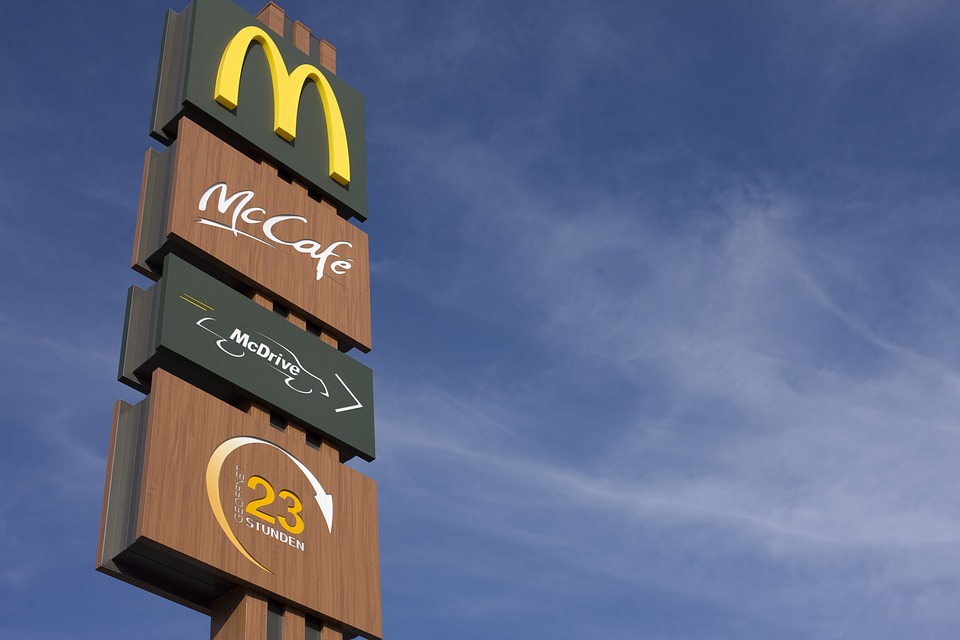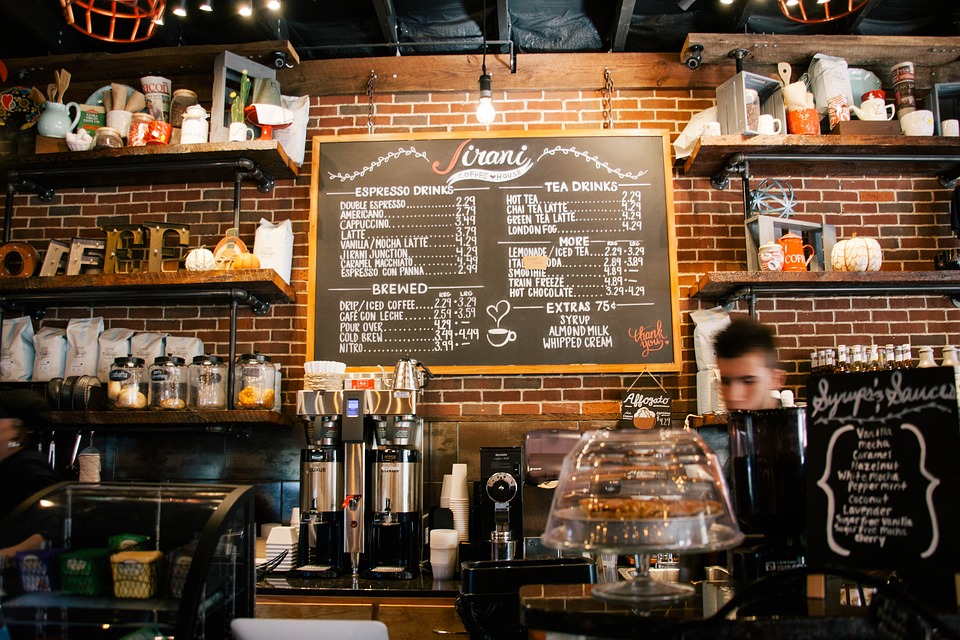
Restaurants are playing an increasingly important role in the food culture of North Americans.
In the United States, food prepared outside the home represents more than 50 per cent of the food dollar, or more than US$800 billion a year.
Canadians spend $80 billion annually in restaurants, spending almost 30 per cent of their food dollars in restaurants. They also buy a lot of prepared food for consumption at home.
But the rate of growth in restaurant spending is greater than it is for stores. This spending has an impact on the food market in a variety of ways. Most importantly, however, restaurants are changing how we think about food and what we choose to eat.
Restaurants make choices for consumers. They choose menu items and they decide how to prepare those items.
Grocery stores want to give consumers as much choice and variety as possible, but this causes issues for restaurants.
In a grocery store, for example, there may be many choices of eggs (white, brown, different sizes, organic, high omega-3, free-run, free-range and cage-free), breakfast sausages (beef, pork, turkey, enhanced-animal welfare, reduced antibiotic use, low sodium, mild or spicy) and English muffins (regular, whole wheat, multigrain, gluten-free and low sodium).

By comparison, in most restaurants you only have one or two options for a breakfast sandwich — likely with or without the sausage. Not only do restaurants make the choices for us, they communicate the value of those choices and can raise awareness of issues.
Nonetheless, it was quick-service restaurants like McDonald’s and Tim Hortons that drove animal welfare discussions with respect to layer hens and eggs. This may, to a degree, have been driven by activist pressure, but was not due to consumer demands.
Fast-food restaurants have helped affect change
Large restaurant chains drive significant volumes of business. Their demands can drive changes in how food is produced by creating the critical mass of demand to justify those changes.
Restaurants also have a better opportunity to communicate their choices to consumers than retailers do. In a full-service restaurant, the server can describe important attributes of the dishes on offer; furthermore, a limited menu provides the opportunity to highlight those special qualities.
Chain restaurants, particularly fast-food outlets, advertise and differentiate on those attributes and raise them in the consciousness of Canadians (for example, A&W and its commitment to antibiotic-free meats). Through this communication, restaurants are not only attracting new customers, they’re having an impact on the choices people make when they grocery shop too.

Like food retail, restaurants are low-margin businesses. Rising costs in food, labour and rent are forcing restaurants to look for cost savings in different areas. This has driven a shift, first to lesser cuts of meat (the biggest expense for most restaurants) and smaller portions, and now often to alternative sources of protein.
This helps to drive changing perceptions of plant-based proteins and even insect proteins.
Read more:
Less meat, more bugs in our dietary future
The lines between food retail and restaurants are increasingly being blurred, which extends the influence of the “restaurant experience.”
Food kits gaining popularity
Retailers and online services are increasingly offering meal kits that come completely portioned and ready to prepare. These allow consumers to have the comfort and convenience of eating at home while also enjoying a more sophisticated meal experience.
These kits usually come with premium attributes (for example, ingredients with enhanced welfare and sustainable production attributes) that also increase awareness. Some food retailers are even opening restaurants (often termed grocerants) to offer more options for customers.
Restaurant food delivery is also becoming more common. Uber Eats, Skip the Dishes and other services offer delivery from a much broader range of choices than the traditional pizza and Chinese food.
This has not been without its hiccups. Some food doesn’t travel well, and using a third-party delivery service eliminates the restaurant’s control over quality and, therefore, the complete consumer experience.
Retail food delivery or order pickup is also becoming more common. We heard a lot about Amazon’s entry into the market and the acquisition of Whole Foods, but there are other well-established players around, and new ones entering the market too.
Grocery delivery is difficult, particularly in the early days as routing and timing are complicated. This has led more companies to follow the “click-and-collect” model where consumers order online and pick up their groceries at the store themselves. This also allows consumers to buy some of the fresh produce separately.
The desire for variety and convenience is increasing the role that restaurants are playing in our food experience. More importantly, though, restaurants are also playing an increasing role in how we think about food.
![]() Restaurants, in fact, matter more than ever.
Restaurants, in fact, matter more than ever.